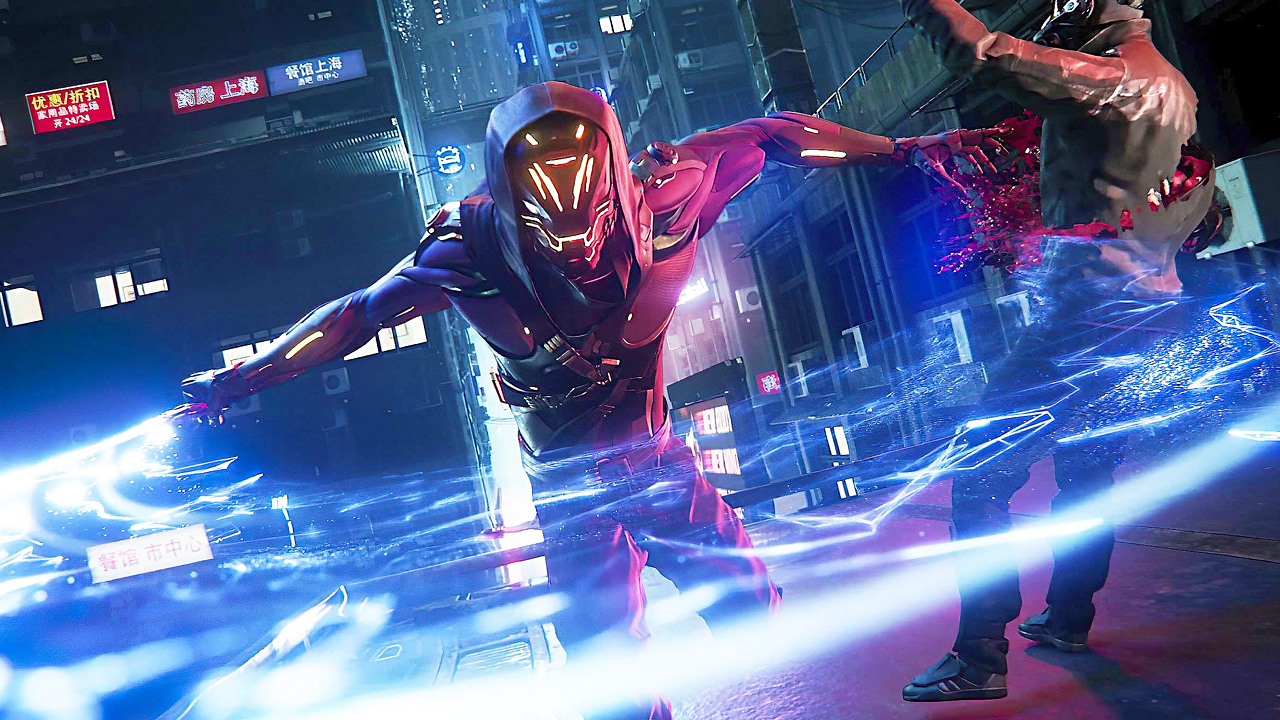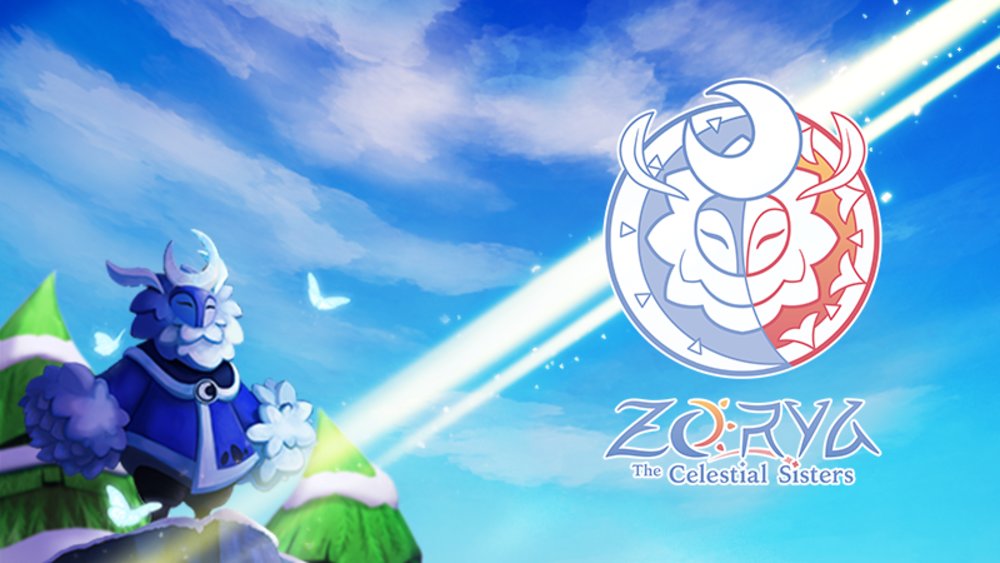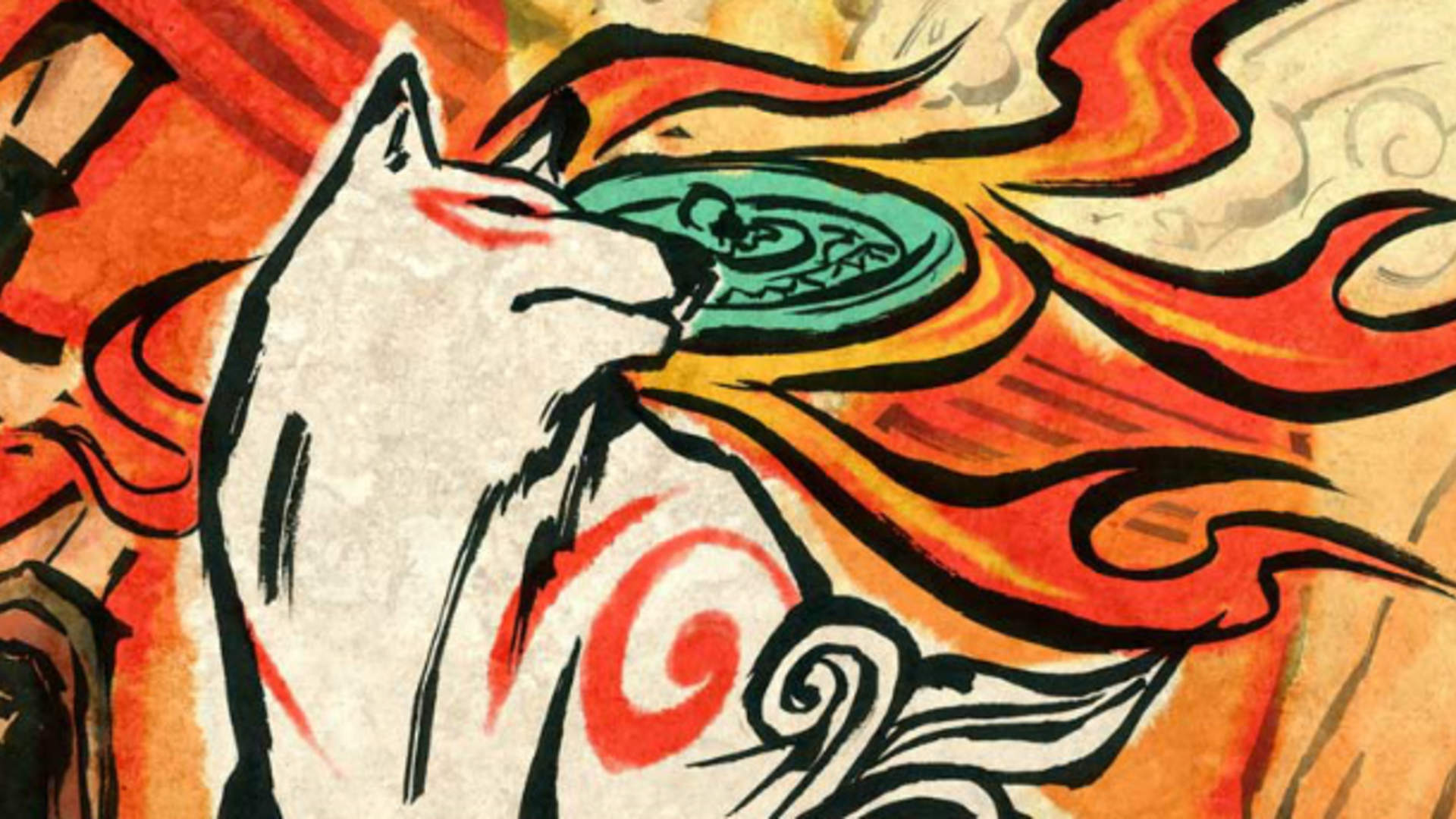Share
The Nintendo 64 was a critically acclaimed darling of the 1990s and one of my favorite consoles of all time. It has some genuinely wonderful hits, games we all know and love like Super Mario 64 and The Legend of Zelda: Ocarina of Time. However, few would disagree that machine lacked a proper library of RPGs and their ilk. Unsurprisingly, companies and Square and Enix, who later merged into Square Enix, largely shifted to the Sony PlayStation for their RPG needs due in large part to the CD format Sony adopted and Nintendo steadfastly avoided.
Although there were a handful of role-playing games for the system, many of which are still hold up brilliantly today, I’m here to discuss one game in particular, as you’ve clearly already read in the title of this article. That game is Ogre Battle 64: Person of Lordly Caliber.
THE TITLE DOESN’T LIE, THE CALIBER IS VERY LORDLY
Release October 5th, 2000, the third in the Ogre Battle series at the time, the game is now over twenty years old. I remember seeing the ads for it in magazines of the time and thinking how beautiful the artwork and sprites were. The story finds Magnus Gallant, a fledgling captain in the Southern region of Palatinus, taking a journey of self discovery in a worn torn country. The game has revolutions, wonderful character arcs, a beautifully told story, and phenomenal tactical battles all wrapped in a package that, at the time, very few people played. Despite generally high praise from review outlets, the North American version shipped in limited quantities and so a much lower number of players got to experience one of the best RPGs the N64 had to offer.
If you’ll indulge me, I’d like to give you a taste of everything you most likely missed (or hopefully remember rather fondly) from this game. We’ll begin with the art style.
CHARACTER DESIGN LIKE NO OTHER
There are three different artistic versions of most of the main cast throughout the game, each with their own magnificent personality. For instance, Magnus’ three looks can be seen here:


The first comes from the Japanese box art and, to my understanding, art books and comics that the US never saw. The style has a truly adult theme to it, something the developers wanted for this particular game, and it shines though perfectly. This style would be adapted for the portraits in game, providing a glimpse as to what the world is supposed to look like to the player. The second is a hi-res version of the actual in-game sprite seen during cutscenes or battle. It’s a cartoonish version of the real thing, but it absolutely does the job it needs. I always found the removal of mouths to be a charming choice.
Every major character gets this treatment, with the remaining mostly just missing the detailed full body art. I love how marvelously they all look in game, from the lowly soldier to the wild Pumpkinhead. Here are a few of my favorite examples.



I’m still in love with the range of looks this game has on offer! The human characters, all with large, dark eyes, are expressive as hell despite lacking lips and mostly containing a stagnate look throughout the story. Men and women have verifying hairstyles, hats, beards, dresses, and armor, and it makes each of them more distinct when they appear on screen.
Creatures, like the winged Hawkman and the spooky Skeleton, all have supremely distinctive exteriors, and regardless of the almost kid-friendly look to some of them, the menace still finds its way out for the ones that require it. The Ghost, for example, has both a cute and terrifying exterior, and the Skelton, still clad in robes from his days of being alive, exudes an angry presence bolstered in large part by the scrunched eye sockets. It’s these small details, along with the beautifully drawn art for central cast members, which bring everything to life in spite of the limitations of the system.
FIGHT IT OUT!
The main reason to play is of course the battle mechanics themselves. Ogre Battle 64 has a style of play I had never seen before and have yet to really encounter again, which is another reason why I love it so much and try to recommend it to anyone who hasn’t played it before. Broadly speaking, Magnus (you) commands a massive battalion, broken down into units of up to five characters each. At the beginning of each mission, you send out as many units as you wish, and the game carries out in a real-time as you send the units out to rout the enemy and capture or liberate strongholds.
When two units meet on the battlefield, the view switches to a battle mode where the fight takes place in semi-real time with characters auto attacking based on speed and placement within the 9×9 unit grid. You can pause at anytime during the fight to issue commands, such as attacking the weakest or strongest character. The fight plays out until everyone has taken their allotted turns, a victor is declared based on damage done, and the game pulls back out to the main map where the loser is pushed away.
Although complex and somewhat overwhelming at first, the intricate way Ogre Battle 64 combines so many elements into one cohesive experience is a main reason why it still works so well today. Coupled with a graphical style that aged better than most N64 titles of the day, the accessibility of it is still potent. I had never witnessed anything like it and its uniqueness drew me into hours and hours of meticulous strategy as I marched through level after level, trying to liberate my way to one of the three endings.
CHAOS FRAME IS ABSOLUTELY CHAOTIC
One of the more confusing elements of the game, akin to something in a FromSoftware product that you find out about years after the fact, is the Chaos Frame. Not mentioned in the manual, it is a hidden stat ranging between 0-100 that is gained or lost throughout the game and ultimately determines which ending you’ll wind up seeing. The way it changes is mostly through liberating or capturing towns during missions, which will raise or lower the number.
If it sounds complicated, that’s because it is. The first time I played through the game I had absolutely no idea that capturing towns was actively leading me to the worst ending and baring me out of certain high morality characters that will not join your cause if your Chaos Frame is too low. What keeps it from being a miserable experience is, regardless of Frame number, you will come across exclusive characters depending on what side of the number scale you land on. For instance, Biske, a werewolf character you meet late into the story, will only join you if your Chaos Frame is exceeding low and certain other characters, like your father Ankiseth, have not offered to join your ranks.

Biske absolutely offered to unite with me the first time I faced off against him and I was overjoyed that the shapeshifter wanted to be part of my army. Did I know I was going down the path of the worst ending? Not at all, but that was part of the experience. There are detailed ways to find out how the Chaos Frame works and how you can maximize your numbers, but I won’t spoil that here. I recommend you try and figure that out on your own, as it’s much more satisfying that way.
THE MUSIC SHAPES THE EXPERIENCE
I would be remiss if I didn’t mention the beautiful score that accompanies this game. Co-composed by Hayato Matsuo, Masaharu Iwata, and Hitoshi Sakimoto, all returning from previous Ogre Battle entries, the music is truly indicative of the setting. Orchestral and powerful in nature, it sets the tone for a swords and sorcery tale with ogres, dragons, and demons. The opening theme, something that shows up in almost every entry, shows you just what kind of experience you’re in for.
It has a positive, upbeat tenor initially, inviting you charge forward with your army as evil approaches. As the song continues on, a more somber sound cuts though at the very end, perhaps indicating that not everything will be as simple as that. It’s a beautiful piece of music and it happens at every boot up of the game, beckoning you back to the battlefield to continue Magnus’ story.
This track, usually used during big entrances of the antagonists, is dripping with immorality. The marching drums feel like their footsteps entering a room, diverting all eyes to them as they take control of the situation. The thumping BUMP on every four count emphasizes that control, like a machine that cannot be stopped. A little over halfway through, the music loses the continually pounding element and lets the sinister feelings linger and echo out. If it were a film, this seems like the perfect moment for the camera to push forward on our villain’s face as he delivers the closing line of the scene, his wicked plan just laid out for the audience.
Finally, a track heard many times throughout your adventure, this piece has a similar upbeat tone from the title song, but keeps that commanding theme for the entire duration. It has a feeling of endurance and perseverance, a triumphant and knightly melody that carries you through selecting where to send units on a battlefield in the early parts of the game. It’s one of my favorite songs for its abundance of joyful feelings accented by a church bell, a sound that elicits purity and safeness, every few seconds in the early sections.
THE NAMES AND ALL THE REST
As I mentioned in a previous article, you can rename almost every character in the game, which brought me even closer to the world and its inhabitants. You can even rename your army! They’re called The Blue Knights originally, which is awful and boring, so I opted to go with The Black Frost, which is edgy and cool and something a thirteen year old would definitely choose.
Ogre Battle 64: Person of Lordly Caliber is one of my all-time favorite video games and it’s a shame to me that it never got as popular as it deserved. The Ogre Battle series as whole has largely disappeared from view, the latest entry being a remake of Tactic Ogre: Let Us Cling Together for the PSP in 2010. Most of the core writing and development members have since moved on, which doesn’t bode well for the series continuing anytime soon.
Fear not! You can still play this wonderful game. Unfortunately, the best way to experience it without shelling out huge cash is on the Wii U Virtual Console. It costs 9.99, a steal to be certain, but it will only be available until January 22nd of 2022, as that’s when Nintendo plans to close the service down. If reading this perked up your interest and you haven’t ever played the game, or you just want to revisit a classic that never got its true time in sun, I implore you to download it as soon as you can. It’s well worth your time and even if your time is valuable, online guides are plentiful and helpful. I hope you’ll find the experience as Lordly as I did.




